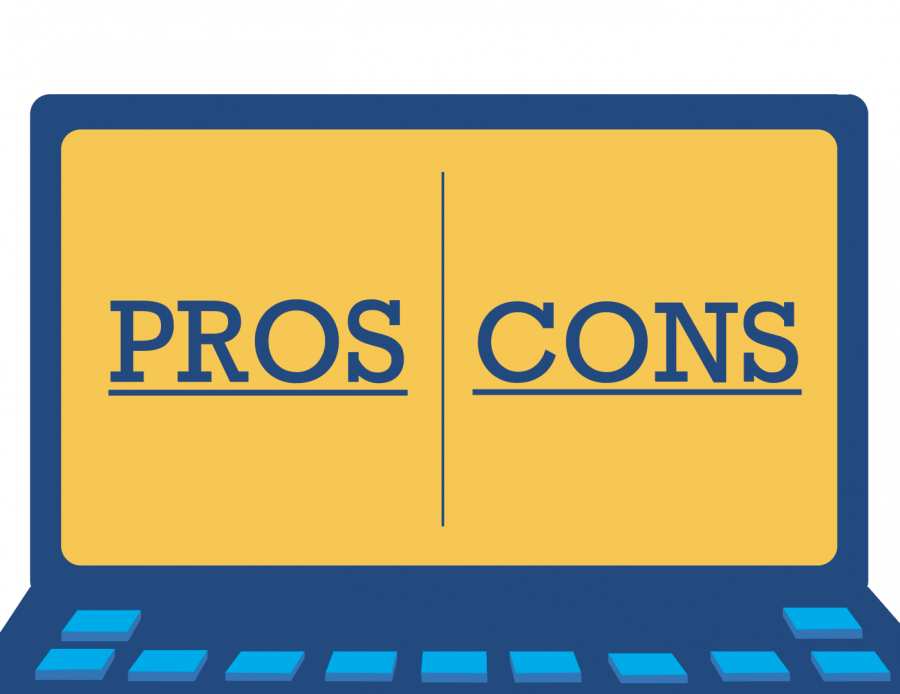With aisle after aisle of tempting low-fat and fat-free foods, it is no surprise that individuals trying to lose or maintain their weight load up their shopping carts with these products. The problem with these seemingly too-good-to-be-true foods is that they are devoid of nutritional value and full of sugar and calories.
The Importance of Fat
Entirely eliminating fat from your diet will not guarantee significant weight loss. According to the online Free Weight Loss Center, if you deprive yourself of fat, your body thinks you are starving. “In this ‘starvation mode’ or ‘famine mode’, your body tends to store every ounce of stored fat and thus you don’t lose weight.” At this stage, your body may start to burn muscle for energy.
Are you covering that nutrient-rich salad with a fat-free dressing? If so, you are compromising more than just taste! Shape magazine says that the fat found in extra virgin olive oil can actually help you extract vitamins A, D, E, and K from the vegetables on your plate.
In addition, your body requires fat to protect your bones and organs. Diets that include certain fats also help your hair and nails stay healthy.
Good Fat vs. Bad Fat
It doesn’t take a nutritionist to figure out that the fat in a Whopper is slightly worse for you than the fat in a handful of almonds. But why? Fats can be broken down into two groups: saturated and unsaturated. Although a minimal amount of saturated fats can occur naturally in animals, the majority of them are manufactured by converting oils into solids. The all-dreaded Trans fats fall into the category of saturated fat, and they should largely be avoided. Trans fats not only raise LDL (the bad cholesterol), but they lower HDL (the good cholesterol).
Unsaturated fats contain at least one double bond within the lipid chain, as opposed to saturated fats that have no double bonds. Because of these bonds, unsaturated fat molecules require less energy to break down, and are thus metabolized faster. Fat molecules with one double bond are called monounsaturated fats, while molecules with more than one double bond are called polyunsaturated fats.
Learn to Love Your Love-handles
Our bodies are supposed to have some fat on them! If you are consuming a healthy diet and regularly exercising (cardio and resistance), but still can’t shrink your thighs, don’t worry about it!
Intra-abdominal fat, the fat that clings to your liver and other organs, excretes fatty acids into your bloodstream that raise blood pressure and could lead to diabetes and heart disease. The fat that we can see, however, like the kind you can pinch on your hips or thighs, may not be so dangerous. According to Shape magazine, “some research suggests that if you have excess intra-abdominal fat, extra thigh fat may actually offer protection against heart disease.” Dr. Glenn Gaesser, director of the kinesiology program at the University of Virginia, explains that having fat on your thighs can be a sign that fat has been sucked out of your bloodstream.
Healthy Fats
For delicious ways to incorporate good fats into your diet, try the following:
Avocado, walnuts, peanut butter, olives, salmon, flaxseed, almonds, and extra virgin olive oil.









